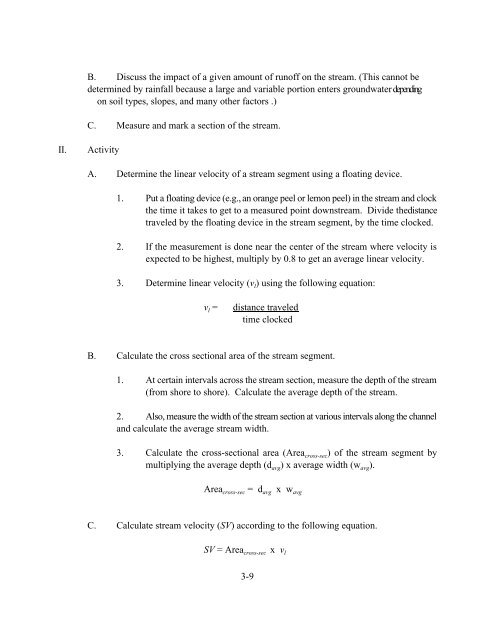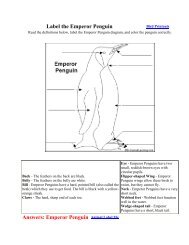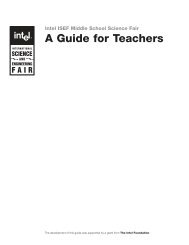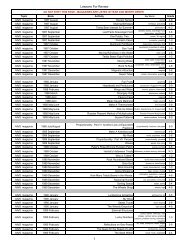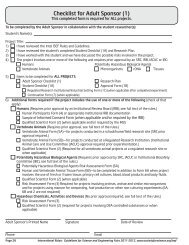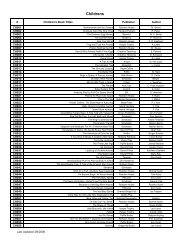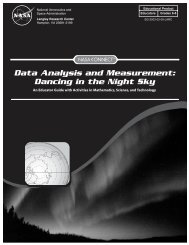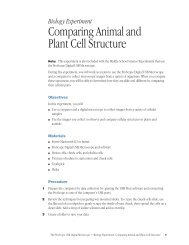BIOGRAPHY OF A RIVER
BIOGRAPHY OF A RIVER
BIOGRAPHY OF A RIVER
Create successful ePaper yourself
Turn your PDF publications into a flip-book with our unique Google optimized e-Paper software.
B. Discuss the impact of a given amount of runoff on the stream. (This cannot bedetermined by rainfall because a large and variable portion enters groundwater dependingon soil types, slopes, and many other factors .)C. Measure and mark a section of the stream.II.ActivityA. Determine the linear velocity of a stream segment using a floating device.1. Put a floating device (e.g., an orange peel or lemon peel) in the stream and clockthe time it takes to get to a measured point downstream. Divide the distancetraveled by the floating device in the stream segment, by the time clocked.2. If the measurement is done near the center of the stream where velocity isexpected to be highest, multiply by 0.8 to get an average linear velocity.3. Determine linear velocity (v ) using the following equation:lv =ldistance traveledtime clockedB. Calculate the cross sectional area of the stream segment.1. At certain intervals across the stream section, measure the depth of the stream(from shore to shore). Calculate the average depth of the stream.2. Also, measure the width of the stream section at various intervals along the channeland calculate the average stream width.3. Calculate the cross-sectional area (Area cross-sec) of the stream segment bymultiplying the average depth (d avg) x average width (w avg).Area = d x wcross-sec avg avgC. Calculate stream velocity (SV) according to the following equation.SV = Area cross-sec x v l3-9


